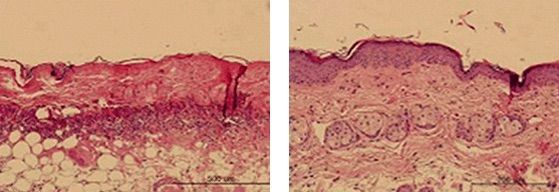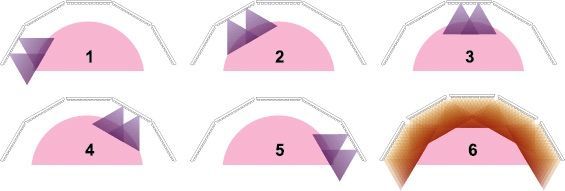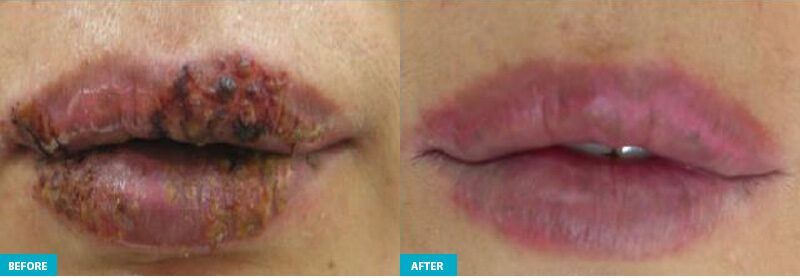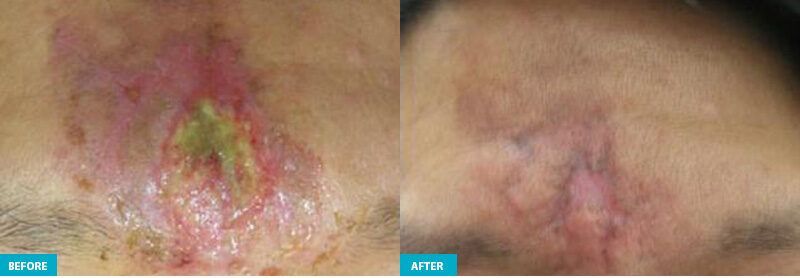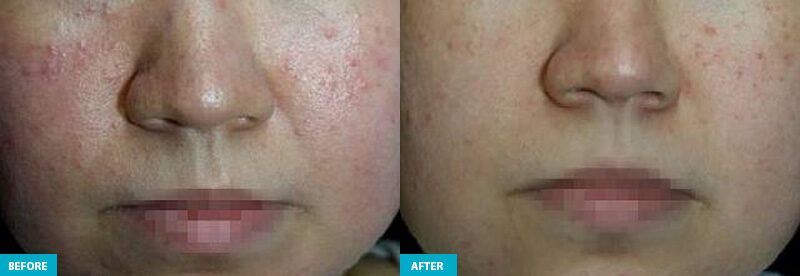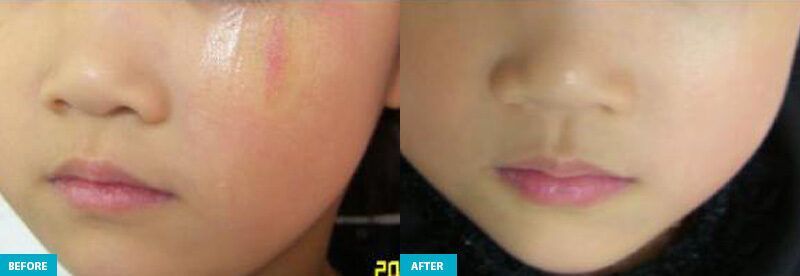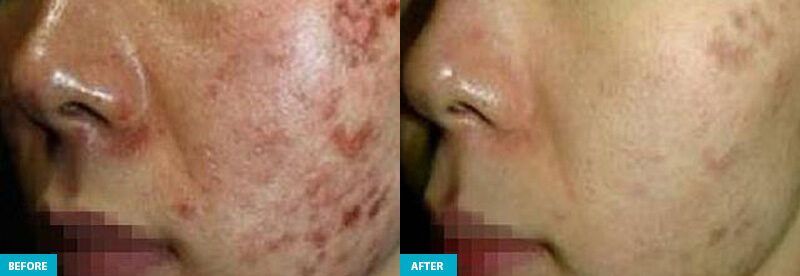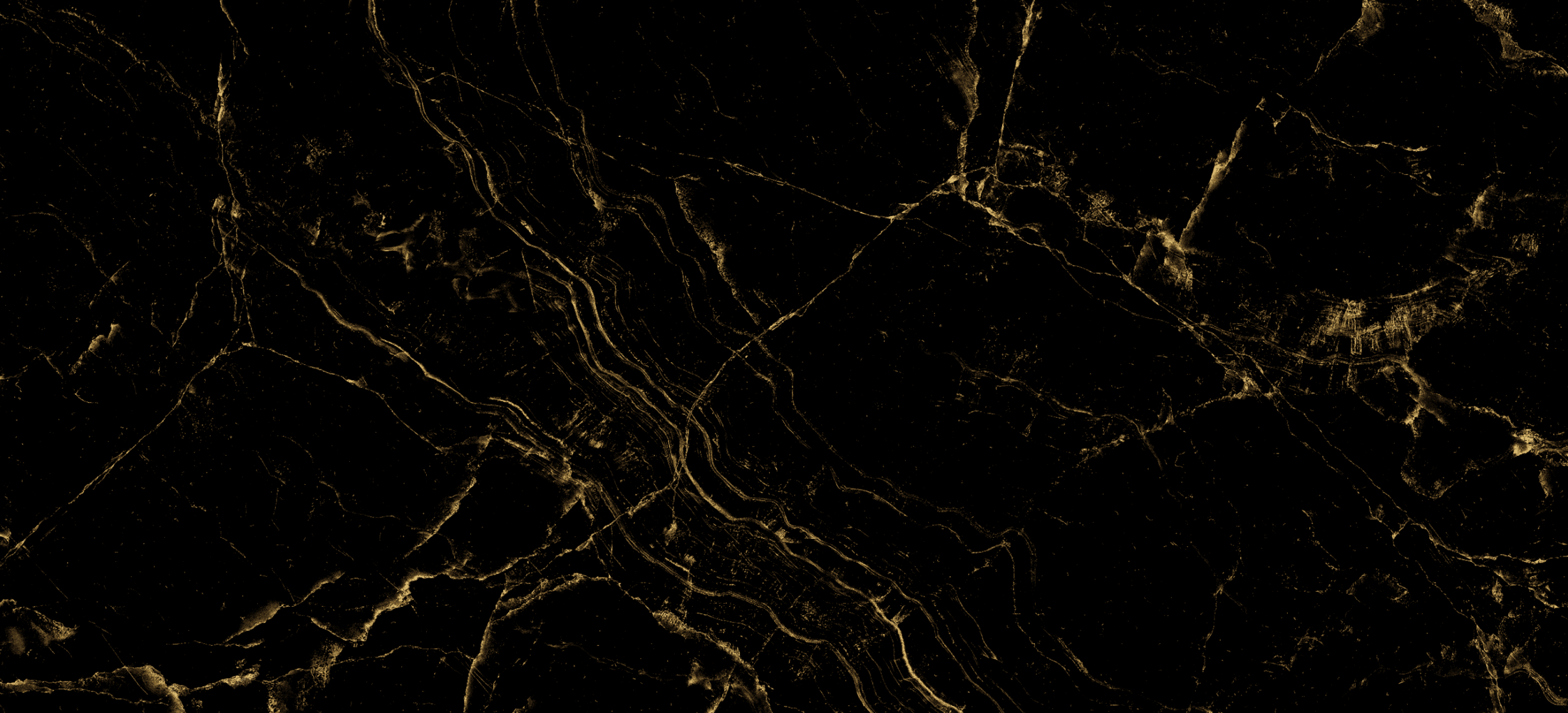

Photobiomodulation
Discover the True Science of LED Phototherapy.
Princeton Photobiomodulation at Princeton Aesthetics
Discover natural rejuvenation and holistic wellness with Photobiomodulation (PBM) at Princeton Aesthetics. Our science-backed LED phototherapy sessions use non-invasive light to stimulate cellular activity, promoting healing, skin rejuvenation, and a range of therapeutic benefits. At Princeton Aesthetics we pride ourselves in striving to deliver the best Photobiomodulation treatments for the Princeton, Lawrenceville, Hamilton and Plainsboro areas.
Illuminating Wellness
What is Photobiomodulation?
Light plays a crucial role in various photochemical reactions within biological systems, from vision in retinal cells to vitamin D synthesis in the skin. Photobiomodulation (PBM) is the scientific foundation for understanding these processes, with photobiomodulation therapy (PBMT) representing its therapeutic application.
Originally developed in the 1960s, early terminology inconsistencies led to terms like Biostimulation and Low-Level Laser Therapy. In recent consensus, PBM and PBMT are now recognized as the preferred terms, offering clarity in describing the intricate interplay of light and biological responses.

LLLT with HEALITE II
Low-Level Light Therapy (LLLT) with HEALITE II is the therapeutic use of incident light to photo-modulate cellular function, improve healing times, relieve pain, subside active acne, promote skin rejuvenation, and more. HEALITE II harnesses the properties of 830/590, 633, and 415 nm light via Light Emitting Diode (LED) technology, properly delivered and concentrated, treating confidently without the possibility of physical trauma or thermal damage. LLLT with HEALITE II can be used as a standalone therapy or as an adjunctive therapy with many other treatments. HEALITE II is a useful adjunct to almost any Wound Healing, Pain Relief and Active Acne…and many more.
830 NM WITH 590 NM PHOTO SEQUENCING
- Wound Healing
- Pain Relief
- Muscle and Joint Pain
- Arthritis
- Muscle Spasm
- Temporary Increase of Blood Circulation
- Hair Regrowth
- Acne Treatment
- Skin Rejuvenation
633 NM
- Non-melanoma Skin Cancer (Exogenous PDT with 5-ALA)
- Skin Rejuvenation
- Hair Regrowth
- Active Acne (Exogenous PDT with 5-ALA)
415 NM
- Active Acne(Endogenous PDT)
- Regional clearances may vary
Is Light-Emitting Diode Phototherapy (LED-LLLT) Really Effective?
What are the benefits of Photobiomodulation?
HEALITE II uses collimation optics that use the energy of 1800 LEDs of the new generation more effectively to achieve photon intensities for a higher quality LED light therapy. The ergonomic arm design is ideal for all types of treatment positions and easy selection of parameters.
- HEALITE II offers a reliable platform for optimized low-level light therapy (LLLT).
- HEALITE II is easy to use, affordable, painless, safe, and effective for all skin types.
Why use LLLT?
- Ideal wavelengths
- Powerful enough to penetrate deep where it is needed
- Works at sub-cellular, cellular, and tissue level
- Works alone or as an adjunctive therapy
- Treats multiple indications
- Pain-free, non-invasive treatment of patients of all ages
LLLT ENGINEERING
Optical Lens Array Technology (OLAT) uses collimation optics which harnesses and delivers the healing energy of 1800 new generation LEDs. This achieves concentrated therapeutic photon intensities in the cells and organelles of the target tissue, thus maximizing the therapeutic outcome. OLAT improves the efficiency and enhances the efficacy of LED phototherapy.Proprietary OLAT technology provides deeper, more intensive treatments.

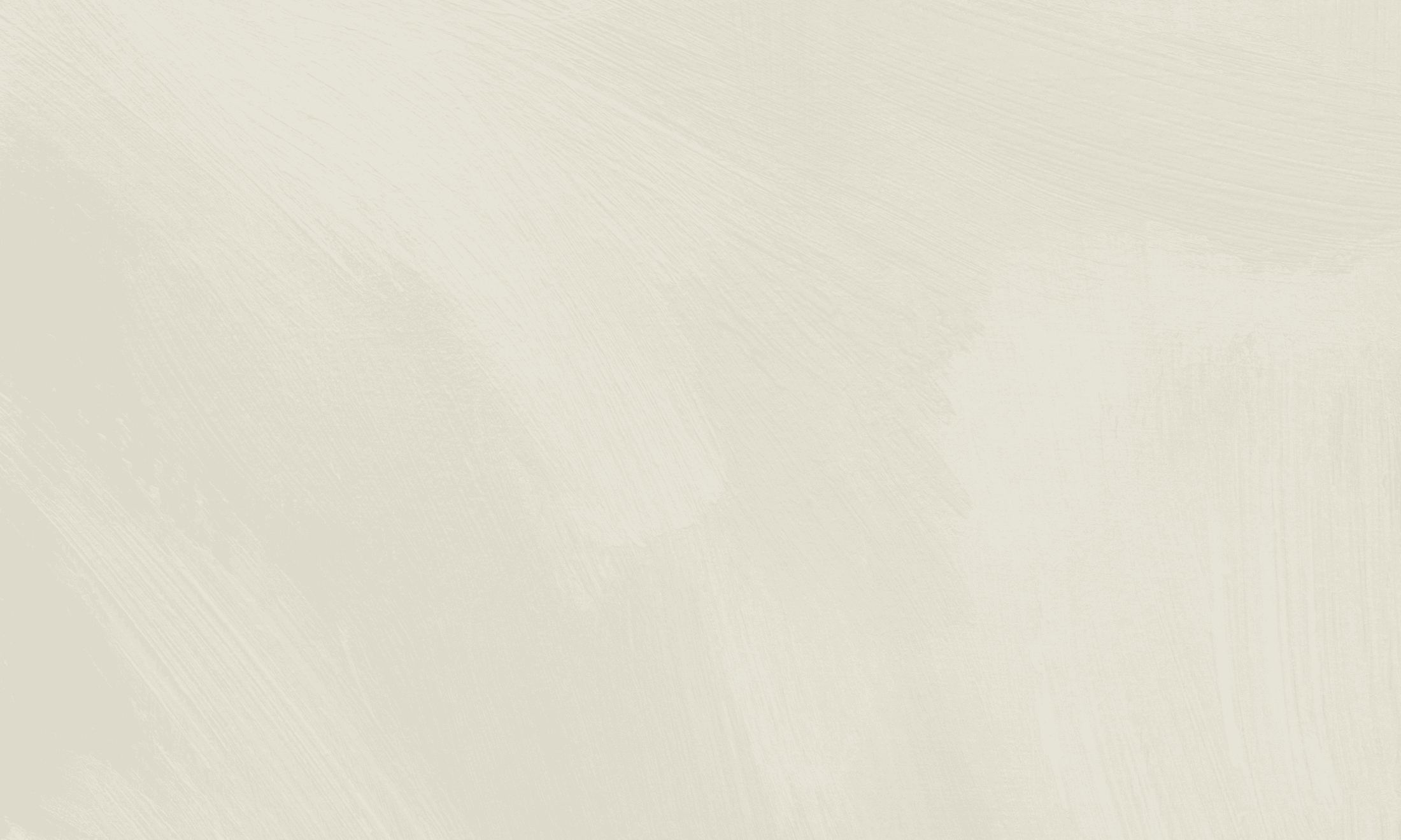
Why HEALITE II?
- Photo-Sequencing Technology (PST)
- Optical Lens Array Technology (OLAT)
- A total of 1800 durable, high-quality LED’s
- Fully adjustable head, panels, and arm
- Ergonomic design
- User-friendly touch-screen
- Stable and easy to maneuver
HEALITE II offers OLAT Technology which provides concentrated output with less scattering for improved treatments. Without OLAT technology, energy is diffuse and scattered.
Schedule a consultation Today
Your Photobiomodulation Consultation
If you are looking to improve healing times, relieve pain, subside active acne, promote skin rejuvenation, and more, then ask us about Healite II treatment, which treats without the possibility of physical trauma or thermal damage. Schedule a consultation today.
Photo-Sequencing Technology (PST)
Your Photobiomodulation Procedure
PBMT involves using non-ionizing light sources like lasers, LEDs, and broadband light in the visible and near-infrared spectrum for therapeutic purposes. FDA-cleared devices utilize this technique as adjunctive treatments for temporary pain relief, supported by clinical data. During the therapy, a light source is applied near or on the skin, allowing photons to penetrate tissue. This interaction with chromophores in cells triggers photophysical and photochemical changes, influencing molecular, cellular, and tissue levels.
The result is a cascade of physiological reactions that accelerate healing, boost circulation, reduce inflammation and pain, and aid in restoring normal cellular function. Recent research even suggests that light can enhance performance in healthy tissues and cells. Treatment starts with pre-emptive micro-low level light therapy (μ-LLLT) with 590 nm for 60 seconds, followed by the continuous delivery of 830 nm in order to pre-condition the epidermis and enhance dermal tissue interaction by 830 nm.

Adjustable Head For Large Coverage or Focused Intensity; Flexible Arm Can Fit Any Parts Of Treatment Area
These slides show the changes in dermatitis-associated inflammatory cells following 830 nm LED irradiation in a rat model: A marked reduction in inflammatory infiltration can be seen. *Individual results may vary
Provide The Results Your Patients Want
Photobiomodulation Results
Enhance patient outcomes with Photobiomodulation (PBM) as it delivers remarkable results. PBM harnesses the power of light to stimulate healing, accelerate tissue regeneration, reduce inflammation, and relieve pain. From improved skin conditions to enhanced cellular function, PBM offers a holistic approach to addressing various concerns. Elevate patient satisfaction by incorporating PBM into your treatment plans, providing the transformative results they desire.

Lighting the Path to Healing
Photobiomodulation Recovery and Aftercare
After a Photobiomodulation session, patients typically experience minimal to no downtime. The non-invasive nature of PBM ensures a comfortable post-treatment period. While some may notice temporary redness or swelling, these effects quickly subside.
It’s important to stay hydrated and protect treated areas from excessive sun exposure. Regular sessions are recommended and contribute to sustained benefits and a smooth recovery for long-lasting results for your patients.
Photobiomodulation
Frequently Asked Questions
Photobiomodulation involves the application of non-ionizing light, typically from LEDs, to stimulate cellular processes. The light energy interacts with cellular components, promoting various physiological responses. This includes increased ATP production, enhanced blood flow, and modulation of inflammation, contributing to tissue healing and overall wellness.
Photobiomodulation is versatile and can be beneficial for various conditions. It's commonly used to relieve pain, accelerate wound healing, improve skin conditions, and promote general wellness. It has shown effectiveness in addressing issues such as arthritis, muscle soreness, skin aging, and more. Consultation with a qualified practitioner can determine the suitability of PBM for specific concerns.

